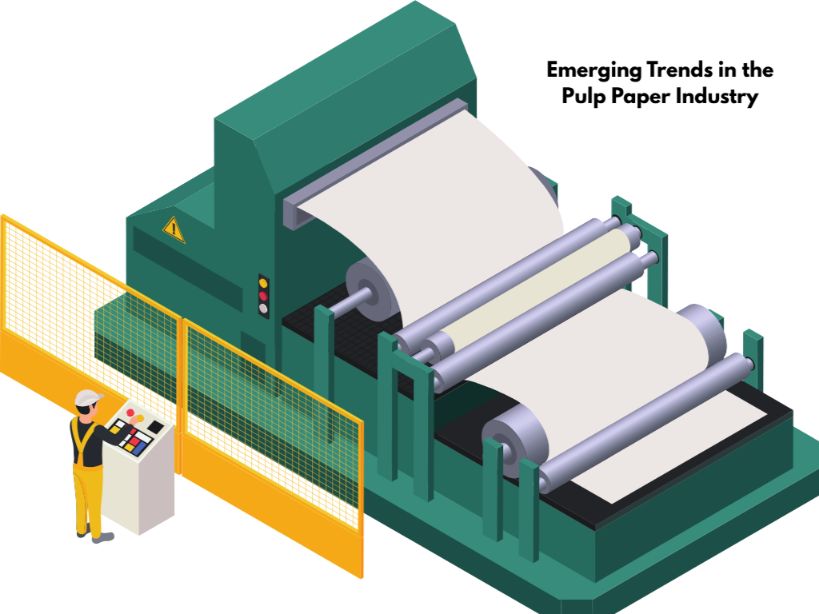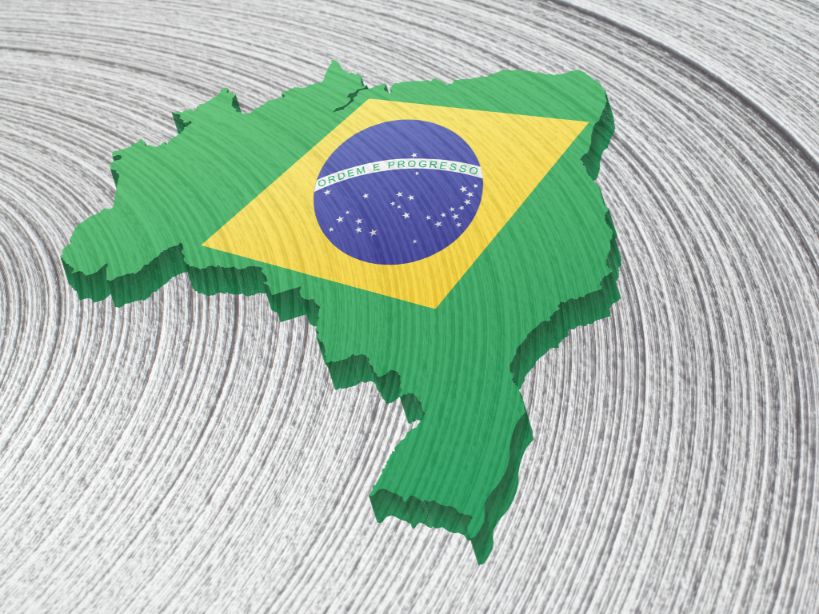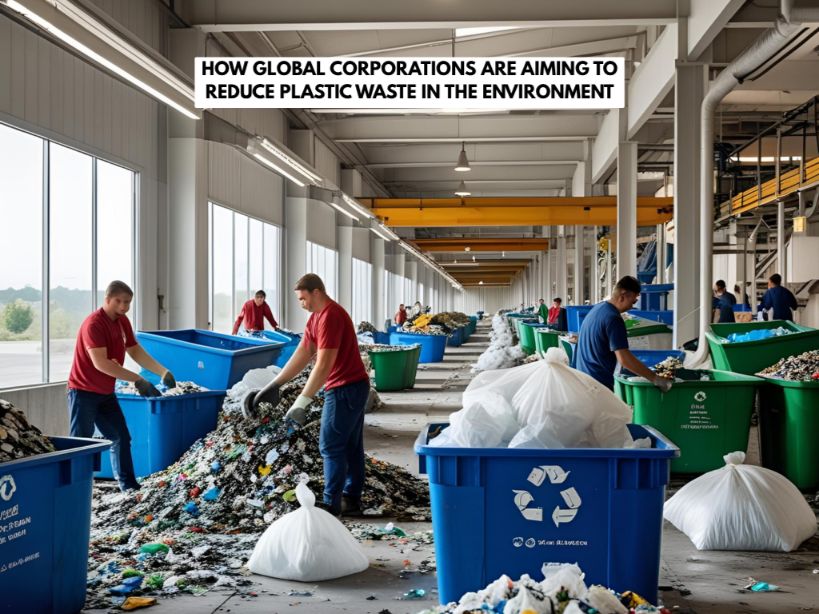Emerging Trends in the Pulp Paper Industry
The paper and board sector is diversifying in response to a market that is becoming more and more global. Megatrends on a global scale are rapidly catalyzing the changing market and the evolution of the pulp paper industry. The current global supply of paper and board is around 420 million tonnes and is expected to rise to 490 million tons and the global shipping volume to surpass 100 billion parcels by the end of 2022.
China has overtaken the US in terms of manufacturing volumes during the past decades, taking the lead. Finland, Germany, and Sweden produce the most in terms of volume in Europe. Technology and innovation are taking the industry by storm and we on the receiving end of it must understand how the industry is evolving through the years. Let us take a quick look at how technology is transforming the pulp paper industry and inducting sustainable solutions into the mix.
The rising dominance of the eCommerce sector
The US and China are now the two biggest e-commerce marketplaces, and retail sales of e-commerce continue to soar. E-commerce accounted for over $355 billion of all retail sales in China in 2020 and more than 15% of all sales in the US during the same period. Additionally, over 15 percent of the paper and pulp products sold in the US are done online.
Online sales are a major factor in the rising demand for novel packaging techniques. Consumer packaging, like carton boards, meets the demands of small-goods carriers as well as on-shelf display and promotion. The need for corrugated boxes and their raw materials is increasing favorably as a result of this shift towards sustainable solutions. Shorter lead periods and a dedication to next-day and increasingly, when possible, same-day delivery services are in rapid growth. This necessitates the need for fast availability of packaging in the optimum flexible format to cater to the growing need for prompt deliveries.
The shift towards lightweight packaging
Plenty of perks are on offer when it comes to lightweight packaging. Lighter weight boards used in luxury carton boards can help to raise brand value among consumers. A simpler, cleaner appearance is being adopted by many new brands for reasons other than the minimalist trend. Brands are catching on to the notion that disproportionate sculpting significantly raises the amount of material needed.
Additionally, this could help with business growth by supporting effective branding efforts, growing a client base, and improving manufacturing capacity.
Due to the numerous benefits, it provides to conversions and end-users, the demand for lightweight packaging boards will keep increasing. The main benefits of transitioning to lighter packaging include lower prices for pulp and reduced weight of logistics helps lower shipping prices leading to better pricing for the consumers.

A renewed effort towards recyclability
For both flexible and rigid consumer packaging items, recycling is becoming an increasingly important necessity. Consumers are choosing sustainable options and discarding the notion of single-use plastics. Industry behemoths are switching to more recyclable alternatives and are even offering incentives to consumers who participate in their efforts.
Paper and bagasse products are taking on the world by storm thanks to their wonderful recyclability and ecological properties. Not only will these products be completely non-toxic for the environment, but mills can also easily recycle paper and bagasse wastes. This makes them the perfect sidekick to the recyclability efforts.
A rising anti-plastic sentiment
While the world is trying to shift its focus from single-use plastics, the demand for alternatives is on the rise. Paper products do seem spite of relief for the environment and as more and more brands shift towards more sustainable solutions, the anti-plastic sentiment is rampant across the globe.
Recent reports from the United Nations show that about 77 nations across the world have some laws prohibiting the use of plastic bags. The European Union has set a target to collect and recycle 55% of all plastic packaging by 2030 in response to rising challenges regarding the recycling of plastic trash. As a result, there is a substantial chance that this recycled material will be used in novel ways to make new goods, such as recyclable barrier films for packaging. Over the next decades, recyclable barrier films will advance quickly, but the price will be a stumbling block.
Growing demands for hygiene product packaging
The increased viability and demand for hygiene products are redefining the pulp paper industry. Owing to this growth, the packaging for such products is stuck in the limelight. Hygiene products like tissues, paper towels, etc are now getting widely adopted by families across the globe. With the growth comes the corporate responsibility of sourcing sustainable packaging for such products.
Such developments and transitions are heavily influencing the growth trajectory of the pulp paper industry. Coniferous multitrade is your one-stop shop for sustainable paper products for the green panther in you. Shop for the best products and stay up to date with the latest trends and developments only with Coniferous multi-trade.


